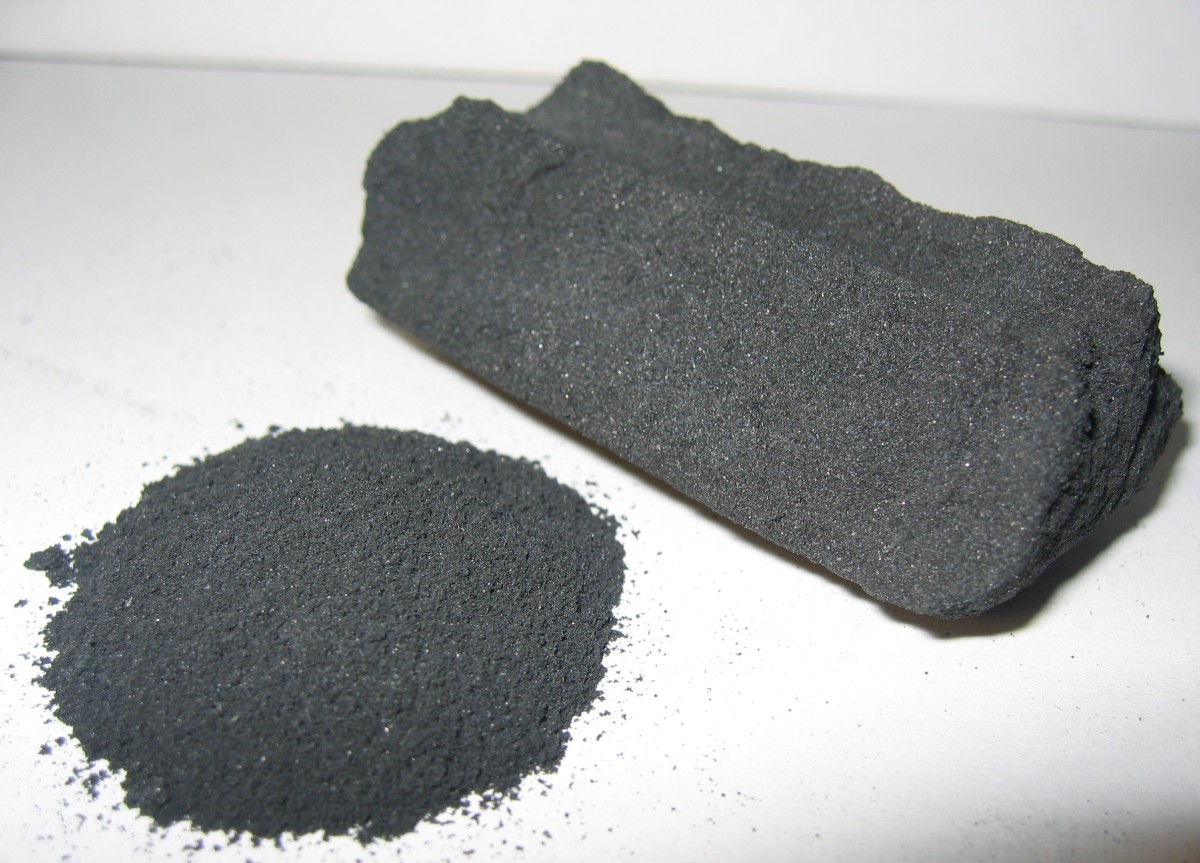Activated Charcoal Filters
Activated Charcoal Filters
So what’s the big deal with activated charcoal filters? Purification, that’s what. Charcoal is composed of carbon, and the carbon in activated charcoal has excellent bonding properties with other chemicals, due to being treated with oxygen. The process of treating the charcoal with oxygen is literally what “activates” the charcoal, meaning giving it almost a magnetic quality and a propensity for attracting other chemicals to it. The charcoal, once treated (or “activated”), becomes extremely porous, almost like a sponge, and when it is in this state it has been known to attract other chemicals and “trap” them, if you will, into its chemical composition. This is due to the vast amount of very tiny pores (millions of them) that are created between the carbon atoms. The carbon within the charcoal traps gases, harmful substances and pathogens, and is very useful in filtration processes, such as for water purification and so forth. One primary benefit of activated charcoal filters, especially regarding water purification, is their ability to trap organic agents such as chlorine and also other impurities such as fecal coliform bacteria. This trapping ability comes by way of a process called adsorption—not to be confused with “absorption”—where a chemical literally bonds with another one by way of chemical attraction. The virtually countless pores that are present in your average charcoal filter will trap chemicals and other agents that are attracted to carbon over areas called “bonding sites”. A bonding site is basically every square zillimeter (okay, I made that up, but I mean every single small area) where adsorption takes place. So once all of the bonding sites have been used up—meaning, all chemical bonding has already taken place—then, it’s time to replace the filter.

Activated Charcoal Filters: Useful for Water AND Air
The cool thing about activated charcoal filters is their diversity. There are several applications and uses that these filters have, and their purification properties are lauded by many who have concerns about the impact of pollution on our environment and our drinking water and air quality in particular. Activated charcoal is also used in air purification systems or air filters, and is used to remove odors from bathrooms, hospitals, schools, office buildings, and so forth. Activated charcoal has been shown to be effective in removing odors such as cigarette smoke, strong cooking odors, and basically any other type of odor that has the tendency to “linger” due to the heaviness of the substances that emit the odor. Many people consider the filters to be indispensible due to their cleaning qualities, and others who are more sensitive to airborne allergens and other like substances truly appreciate the clean air that these filters produce. There are several different kinds of activated charcoal filters on the market, and they come in different sizes and patterns (for example, the “honeycomb” pattern). Some companies refer to the charcoal as “granular charcoal”, but either way it goes, the premise is still the same; their ability to attract and trap harmful pollutants and unhealthy agents makes them an extremely useful commodity overall.








